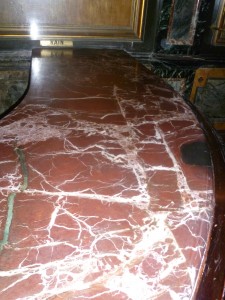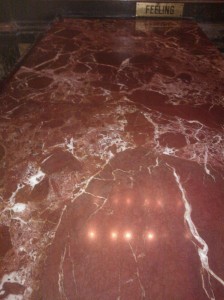Porcelain tiles, like all ceramic tiles, are made from clay and fired to high temperatures. However, porcelain is denser and more durable and therefore has a wider application than other types of ceramic tiles. In fact, porcelain is so dense it is often referred to as man-made granite!
There are three types of porcelain tiles – normal, glazed and polished.
Normal porcelain tiles have a matt finish and are typically used in high traffic areas where a non-slip surface is required.
Glazed porcelain is a normal porcelain which has a very hard wearing glaze added.
Polished porcelain is a normal porcelain which has been polished, often to a very high shine.
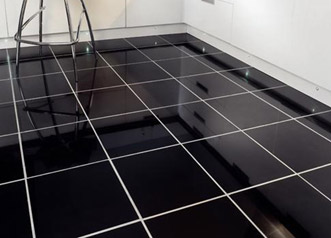
Keeping it Clean
The polishing process actually opens up the tiny surface pores of the tile, which allows minute particles of dirt and dust to become trapped on the surface. Consequently, polished porcelain needs a bit more attention to keep it looking sparkling.
Because of its density it will withstand most cleaning materials. However, because of its tendency to trap surface dirt particles, it should be given a periodic heavy duty clean. The most important part of such a clean should be the use of a wet vacuum to suck everything off the surface.
Our heavy duty clean for polished porcelain involves three main steps:
- A thorough surface clean, using an alkaline tile cleaner + a rotary scrubber.
- Removal of all waste, using a wet vacuum.
- A rinse with clean water, followed again by the wet vacuum to remove all moisture.
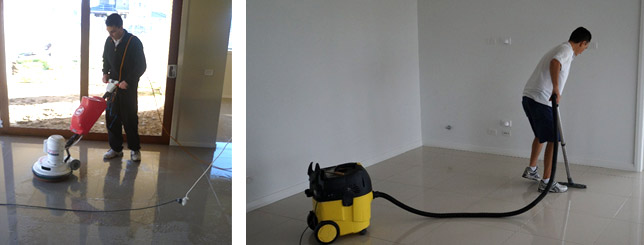
The above procedure is especially important for new tiles, most of which have a factory added protective layer of wax. If this wax is not removed properly, along with any grout haze, the tiles may look dull.
How Often?
It’s totally up to you. Many people like to give their tiles a really good clean once a year – others leave it for longer periods. It depends largely on the location of the tiles and the amount of wear and tear.


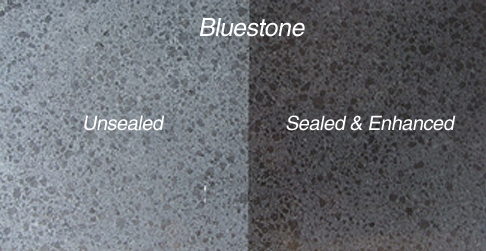 If you would like to find out more, call us on 0438 107 849.
If you would like to find out more, call us on 0438 107 849.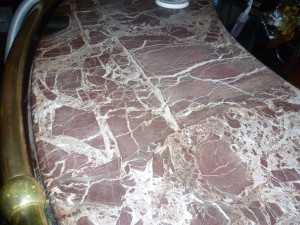 Is that sort of protection possible?
Is that sort of protection possible?